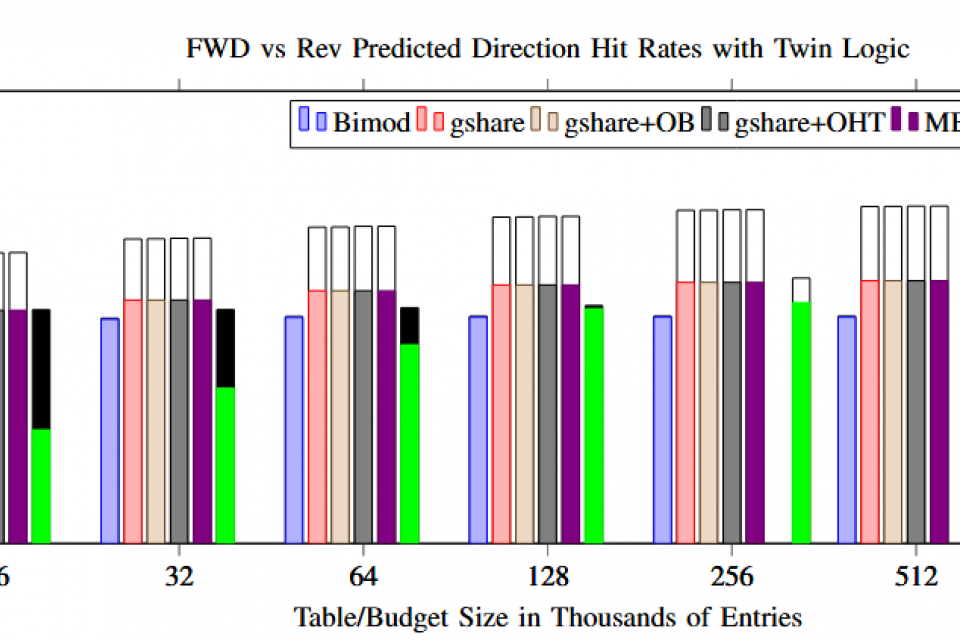Datasets
Standard Dataset
FARS_BPred_Data
- Citation Author(s):
- Submitted by:
- Byron Gregg
- Last updated:
- Mon, 02/03/2025 - 13:23
- DOI:
- 10.21227/q7m2-w603
- License:
 72 Views
72 Views- Categories:
- Keywords:
Abstract
Contains data supporting the IEEE TC submission titled "General Principles for Implementing Branch Prediction in Fully Adiabatic, Reversible, and SuperScalar (FARS) Processors". Paper abstract: Adiabatic and reversible logic families take advantage of Landauer's principle to provide a more efficient means of computation using conventional MOSFETs. However, there are performance drawbacks inherent in the way such devices physically operate. Such drawbacks can be overcome by scaling the number of devices to meet performance needs. In previous work, we proposed that implementing superscalar out-of-order techniques in the micro-architecture of a fully adiabatic and reversible processor would further boost the performance and reduce the number of parallel units in such a system. In that work, we introduced a few first-of-their-kind reversible branch predictors that enabled what we are calling Fully Adiabatic, Reversible, and Superscalar (FARS) Processors. Our work represents a unique contribution, providing the first instances of reversible principles applied to advanced computer architectures. By focusing on reversibility at the micro-architecture level, we estimate a minimum energy savings of 24 fJ per MB of obsolete program data at room temperature. Here, we expand on that with several more reversible branch predictors and the inclusion of general principles for designing and implementing such hardware in a FARS system. With these new predictors, we show an improvement in the branch prediction hit rate in the reverse mode of up to 3.39% over the forward mode. Our work is the first in a series that establishes general principles for adapting superscalar hardware to a fully adiabatic and reversible system.
Raw data is available in zipped folder in CSV format. Users are free to open the files in a spreadsheet tool or text parser of their chose to filter, format, and perform calculations. Additional pre-calculated and pre-formatted data is also available in respective sub-folders.







Comments
Please note there is an issue/bug with dataport preventing users from being able to view/download the data from this page. But I have verified that I can view/download the data directly from the DataPort S3 Storage. You can more or less follow the same steps from here: https://ieee-dataport.org/help/upload-your-files-directly-ieee-dataport-... to setup the S3 browser and download the zipped file "FARS_BPred_Data.zip" from path /ieee-dataport/data/1338061